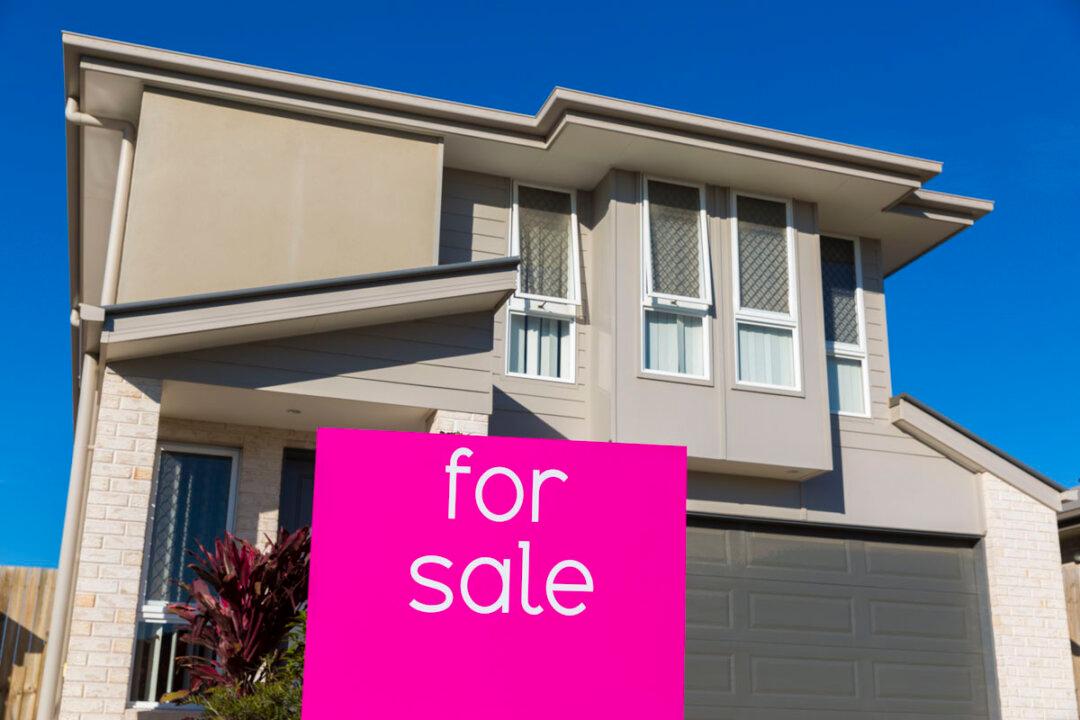Australia’s real estate market is continuing to boom, but unlike the 2016 housing surge, investors are not coming from China.
Residential housing experienced its strongest month of growth in February since 2003, with overseas investors from the United States, United Kingdom, Singapore, and Hong Kong showing a keen interest in the local residential property, as investors feel positive about the economic recovery in Australia.





